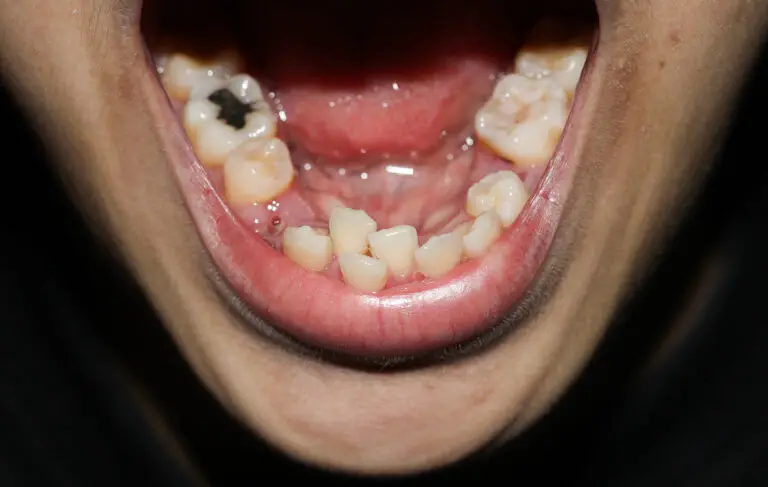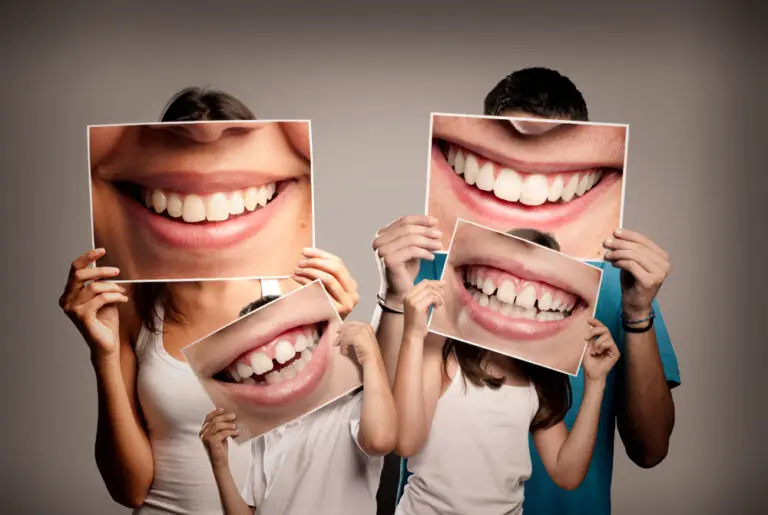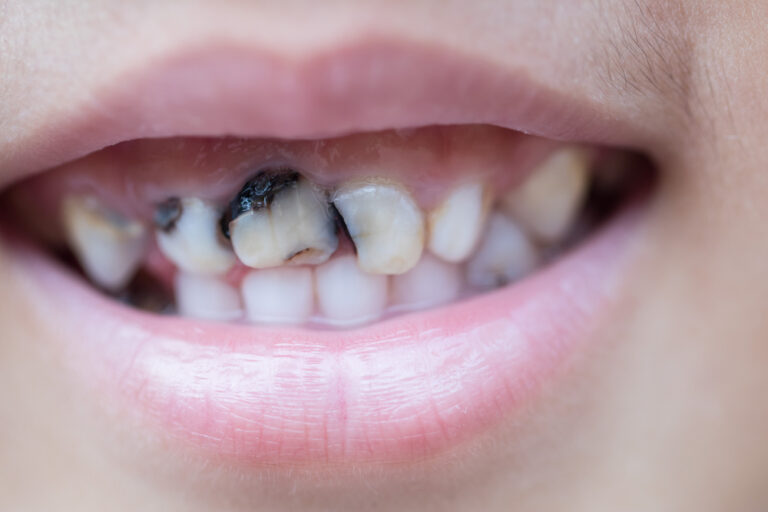A tooth crown, also known as a dental cap, is an artificial covering that is placed onto an existing tooth. Crowns are a common restorative solution when a tooth is extensively damaged or decayed. But there is often confusion around how permanent crowns really are. Do they last for life or eventually need replacement? Here is an in-depth look at the permanence and lifespan of dental crowns.
What is a Tooth Crown Exactly?
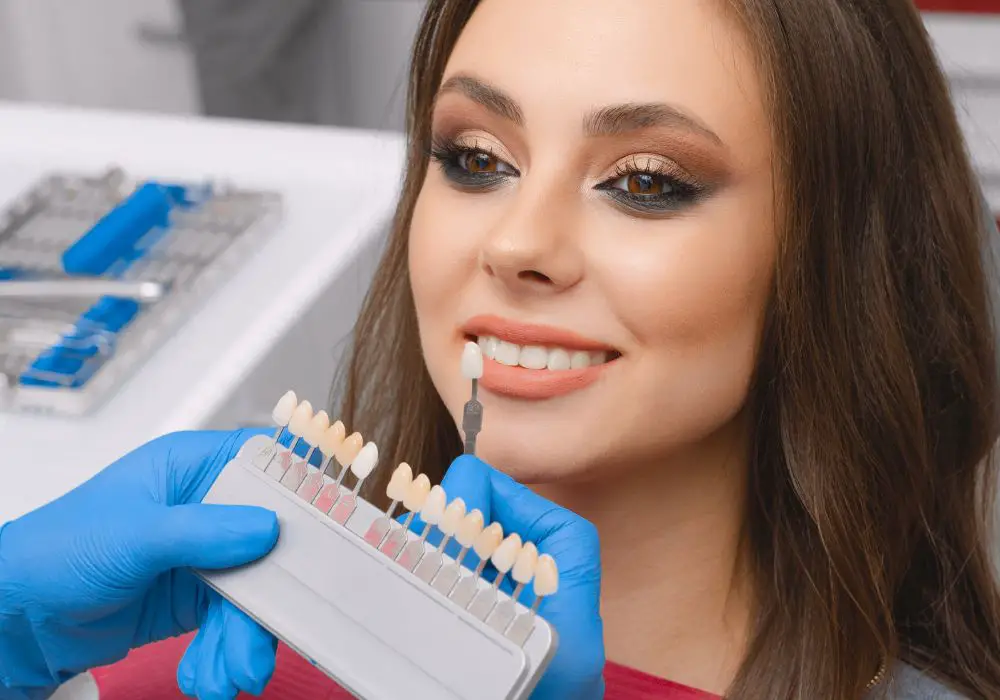
Before examining how permanent they are, it helps to understand what a crown is. A crown is a customized cap that is shaped like a tooth and placed over top of the entire visible portion of the natural tooth.
The main components of a dental crown include:
- The visible outer portion that resembles and acts as an artificial tooth
- The inner surface that fits over the prepared natural tooth structure
- Cement between the crown and natural tooth to hold it in place
A dentist may recommend a crown procedure for the following reasons:
- Extensive decay or damage – Large areas of decay, fracture cracks, or previous repairs may leave little healthy natural tooth structure remaining. A crown covers and protects what remains.
- Root canal treatment – Teeth that undergo root canals are more prone to fracture. A crown adds strength and prevents future cracking.
- Dental implants – Crowns are cemented onto dental implants to create realistic, functional artificial teeth as part of implant-supported restorations.
- Cosmetic enhancement – Misshapen, severely discolored, or malformed teeth can be restored with natural-looking crowns.
- To support a bridge – Crowns anchor dental bridges on either side of a missing tooth space.
- Tooth wear – Generalized excessive wear from grinding or acid erosion causes teeth to become shorter and more vulnerable to damage. Crowns can rebuild the teeth.
There are several materials used to create the visible portion of crowns:
- Porcelain fused to metal – Very strong and durable but may show a dark line at the gumline.
- All-ceramic or all-porcelain – Excellent aesthetics but not quite as strong for back teeth.
- Gold alloys – Less natural looking but very durable and gentle on opposing teeth.
- Zirconia – White colored metal-free option with good strength.
- Metal alloys – Base material for metal-ceramic crowns.
Why Crowns Are Not Considered a Permanent Dental Work
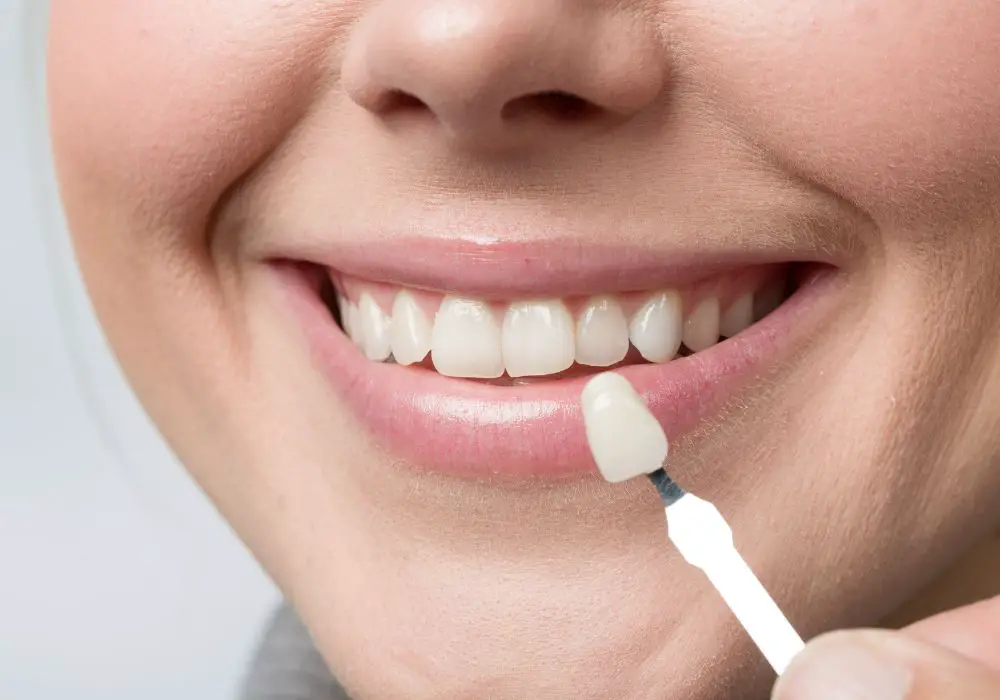
Given how crowns envelope the entire visible aspect of a tooth and are custom-designed to match the natural dentition, they may seem like a permanent fix. However, dental crowns are not meant to be a lifelong final restoration. Here are some reasons crowns are not permanent:
- Crowns can develop cracks or fractures – While strong, dental crown materials do not have the flexibility and give of natural tooth structure. Eventually fractures can form, compromising the crown.
- Decay can still occur – If oral hygiene is poor, decay-causing bacteria can still collect around the crown margins and lead to new cavities.
- The underlying tooth structure wears down – As the natural tooth material beneath the crown gradually wears away, the crown edge can become loose and uncomfortable.
- Crowns may need to be re-cemented – Over many years the cement layer between the crown and tooth can wash away, causing loosening.
- Gum recession can expose discolored crown margins – As gums recede naturally over time, an unsightly dark crown edge may become visible.
- Biting forces slowly fatigue the crown and cement over decades – Long-term heavy biting and chewing forces will eventually take their toll on crown integrity.
- Better, stronger crown materials become available – New crowns can take advantage of newer technologies and bonding techniques for greater longevity.
For these reasons, dental crowns are viewed as a semi-permanent restoration with a finite lifespan. The goal is to get as many quality years from a crown as possible before replacement is needed. With excellent home care and professional maintenance, a well-made crown can potentially last 10-15 years or longer on average.
Signs Your Tooth Crown Needs Replacing
While regular checkups allow your dentist to assess crown condition, you can watch for the following signs at home that indicate your crown may need replacement:
- Portions of the porcelain have chipped off or you see fracture lines.
- You notice dark discoloration along the edge of the crown near the gumline.
- There is recurrent decay or new cavities around the crown.
- The crown feels loose, wobbly, or ill-fitting when you bite.
- You feel discomfort or sensitivity when chewing or biting.
- The crown shape and color no longer matches adjacent natural teeth.
Any damage, wear, loosening, or discomfort should be reported to your dentist right away for evaluation before it escalates into a more complex repair.
Crown Repair vs. Replacement
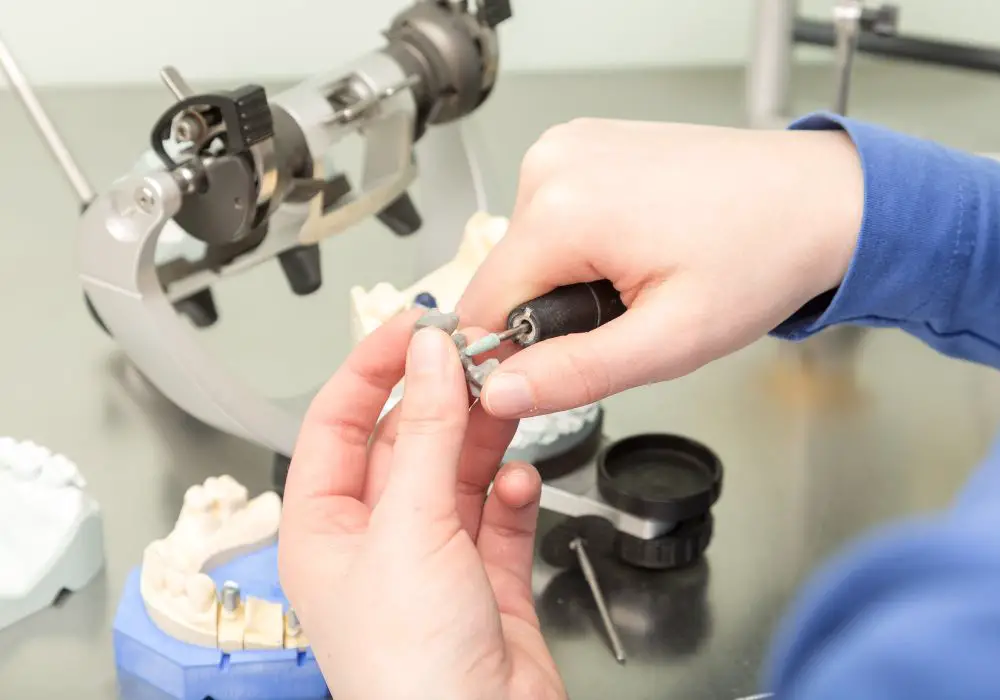
When an existing crown develops problems, repair may be possible in some cases but replacement is usually the best long-term solution:
- Minor chips or cracks – Small areas of fracture may potentially be smoothed out, filled, or sealed. However, cracks usually progress, necessitating crown replacement.
- Loose crown – Provided the tooth remains intact beneath it, a loose crown can sometimes be recemented to regain a secure fit. But it will likely need replacement later on.
- Tooth decay – Recurrent decay around a crown unfortunately requires fabrication of a new crown. The old crown must be removed to access and treat decay.
- New crown over existing preparation – If the underlying tooth remains healthy and undamaged, a new crown can be placed without re-preparing the tooth further.
In general, repairs are a short-term fix and replacement provides more predictable long-term service from an entirely new crown. Dental crown technology and bonding techniques continue improving over the years as well.
Steps to Maximize Crown Longevity
While dental crowns will not permanently last forever, you can maximize their lifespan by:
- Maintaining excellent oral hygiene – Brush thoroughly twice a day, especially along the crown margins. Floss at least once daily.
- Having regular dental cleanings and exams – Your dentist will check for decay, damage, and examine the fit and condition of crowns.
- Avoiding chewing excessively hard foods – Minimize chewing ice, hard candies, nuts, and other hard foods that can crack crowns.
- Using a nightguard if you grind your teeth – This protects crowns from grinding damage that can cause fractures.
- Protecting your mouth playing sports – Use a mouthguard to prevent trauma that could dislodge or break crowns.
- Reporting any problems or discomfort to your dentist ASAP – Minor issues can become major ones if not addressed in a timely manner.
While they are not permanent, dental crowns still provide many years of function and service when properly cared for. Be diligent about oral hygiene and see your dentist at the first sign of any issues with your restoration for evaluation and repair versus replacement.
Summary
While a quality dental crown can potentially last 10-15 years or longer, it is not a permanent restoration. With excellent oral hygiene at home and professional cleanings/exams, you can maximize the longevity of your crown and avoid more extensive repairs or premature replacement. Report any discomfort, damage or decay around your crown right away before the issue worsens.


